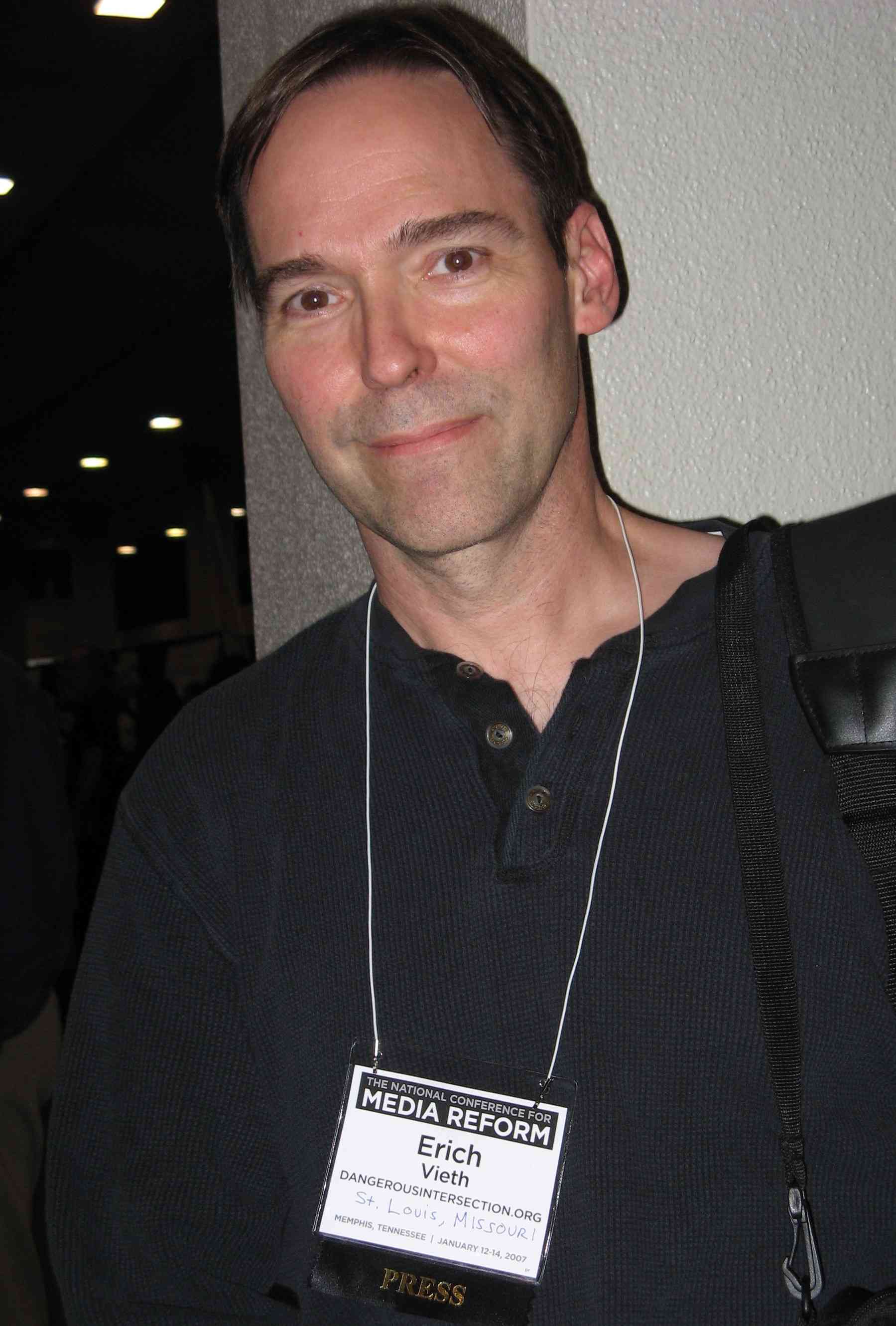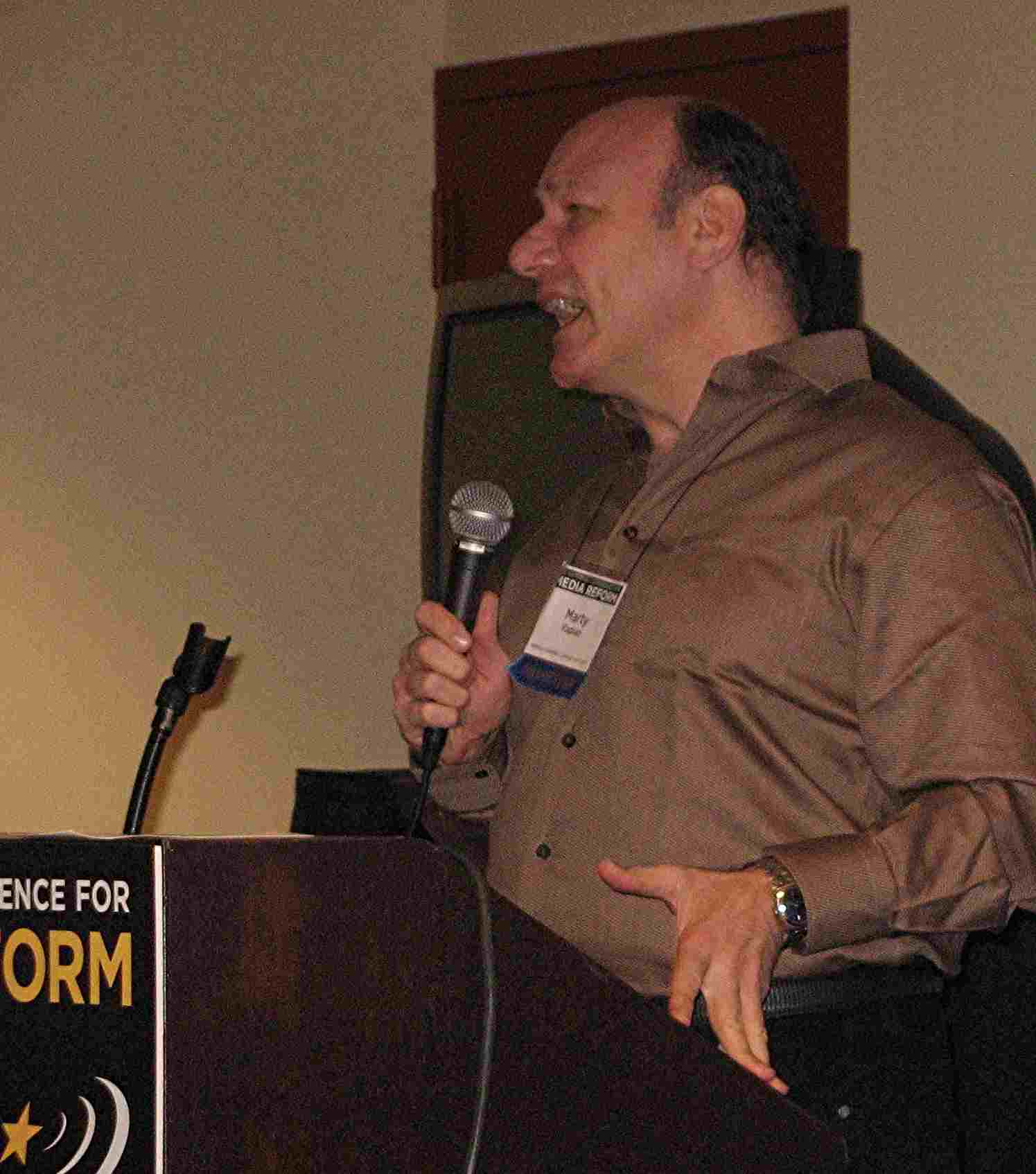Imagine that you’ve been given a huge box, hundreds of yards on each side, filled with hundreds of millions of parts. Imagine that you been told that it is your job to assemble all of those parts into a single functioning machine.
To your dismay, though, you can’t find any assembly manual. Imagine your frustration! It’s hard enough to assemble much simpler household products without their manuals. Without instructions, then, how can you possibly assemble hundreds of millions of parts into a functional whole?
Just as there are hundreds of millions of parts in this hypothetical machine, there are hundreds of millions of flesh and blood Americans. Together, we constitute a complex adaptive system of an unimaginably huge number of permutations of interactive possibility.
A vigorous media is the instruction manual for our democracy. It tells us how we fit together by telling us important things about each other. A healthy media doesn’t merely tell us information. To accomplish this, it must also listen to the stories that matter to each of us. A healthy media is necessarily interactive.
The decision to have vigorous media is therefore an affirmation that each person has a significant story to tell. A free and vigorous media allows the people to become self-assembling parts of a Democratic whole. When we are well-informed, we know the real-life possibilities for interacting with each other.
To function smoothly and efficiently as a democracy, we often need to work closely together, in a coordinated …



